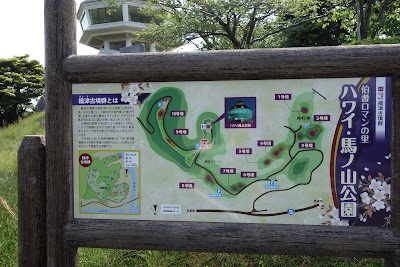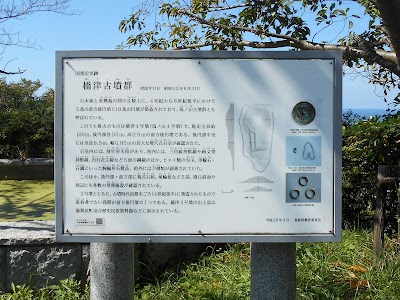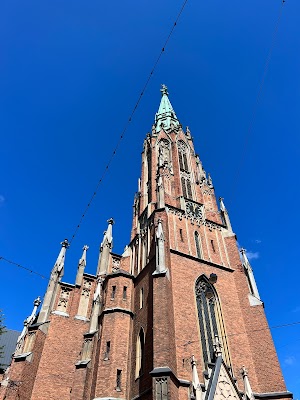Ancient Burial Mounds (Seno apbedījumu kalni)
Overview
Introduction to the Ancient Burial Mounds
Nestled in the picturesque landscapes of Dagda Municipality, Latvia, the Ancient Burial Mounds (Seno apbedījumu kalni) offer a fascinating glimpse into the rich history and cultural heritage of the region. These mounds, also known as tumuli, are significant archaeological sites that date back to the early Iron Age, typically between 500 BC and 1000 AD. They provide insights into the burial practices of ancient Baltic tribes and serve as a testament to the region's historical significance.
The burial mounds are set against the backdrop of lush forests and rolling hills, making the journey to these ancient sites not only a step back in time but also a visual delight. The tranquility of the surrounding nature enhances the experience, allowing visitors to connect with the past while enjoying the serene beauty of Latvia’s countryside.
A Historical Perspective
The mounds, which are believed to be the final resting places of influential tribal leaders and warriors, are constructed from earth and stone, often reaching several meters in height. Each mound is unique, varying in size and shape, with some featuring intricate carvings and structures that indicate their importance. Archaeological excavations have unearthed various artifacts, including pottery, tools, and jewelry, that shed light on the customs and daily life of the people who lived in this region thousands of years ago.
Exploring the burial mounds allows visitors to appreciate the spiritual beliefs and rituals associated with death and the afterlife in ancient Baltic culture. The mounds were often placed in strategic locations, offering breathtaking views of the surrounding landscape, reflecting the importance of nature in their spiritual practices. Many locals believe that the mounds are imbued with a sense of sacredness, making them a place of quiet reflection and connection with ancestors.
Visiting the Site
When planning your visit to the Ancient Burial Mounds, it is advisable to take the time to explore the surrounding area as well. The site is easily accessible by car, and there are designated walking paths that allow for a leisurely stroll through the mounds. Guided tours are also available, providing deeper insights into the historical significance of each mound, the archaeological findings, and the folklore that has been passed down through generations.
For those interested in photography, the mounds offer stunning opportunities to capture the interplay of light and shadow across the landscape, especially during sunrise and sunset. Additionally, keep an eye out for native wildlife that may cross your path; the area is home to a diverse range of flora and fauna, adding to the charm of the setting.
Local Culture and Traditions
While exploring the Ancient Burial Mounds, take the opportunity to immerse yourself in the local culture of Dagda Municipality. The nearby town of Dagda is known for its warm hospitality and rich traditions. You can sample traditional Latvian cuisine at local eateries, where dishes based on rye bread, potatoes, and fish are staples. Engaging with local artisans may also provide insight into traditional crafts, such as woodworking and weaving.
Moreover, if your visit coincides with local festivals or events, you’ll witness vibrant displays of folklore, music, and dance that celebrate the region’s heritage. These experiences not only augment your understanding of the burial mounds but also create lasting memories of your time in Latvia.
Conclusion
The Ancient Burial Mounds of Dagda Municipality stand as a remarkable testament to the ancient civilizations that once thrived in this region. For foreign travelers seeking a unique blend of history, culture, and natural beauty, these mounds offer an enriching experience. As you walk among these ancient structures, take a moment to reflect on the lives of those who came before, and appreciate the stories that continue to resonate through the ages in this enchanting part of Latvia.





